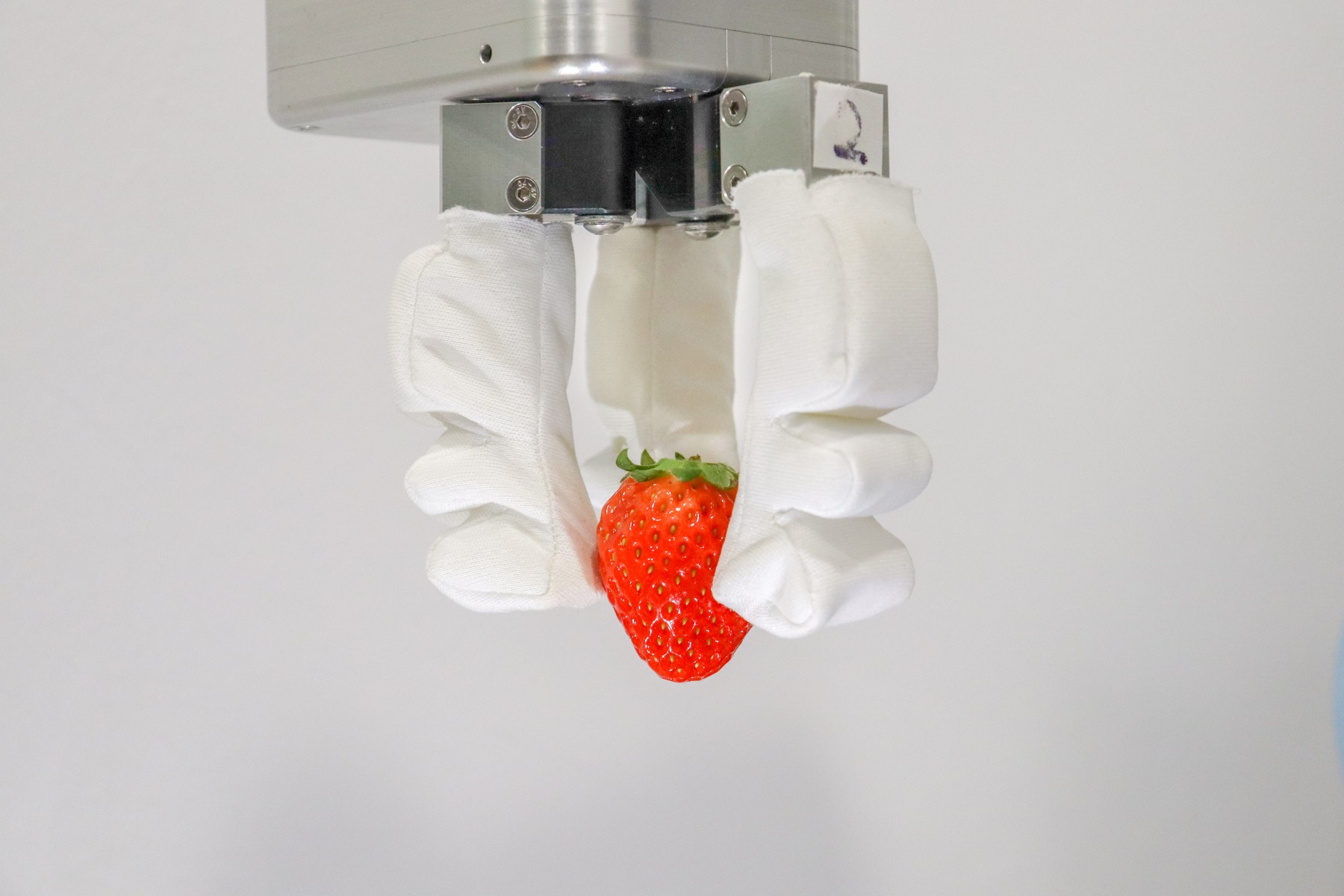Singapore scientists have created a robotic arm based on human fingers.
Experts from Singapore have created a prototype of a soft robot made in the shape of a human hand to carry fragile objects. It is reported on the website of the National University of Singapore (NUS).
According to the engineers of the project, their know-how lies in transferring the features of a human hand to the robotic arm. Depending on the version, the device has three or four fingers, which, using a soft actuator, can tighten or loosen their grip.
Scientists have presented three versions of the invention. The main one – GourmetGrip – is created for complicated tasks of carrying food – for example, cheese or berries. According to experts, the robot copes with its task at the speed of a human hand. The UnisoGrip robot is equipped, among other things, with suction cups, which allow manipulating with heavy boxes. The third type of robot is a combination robot; the device can be customized depending on the task at hand.
“Our hybrid robot gripper technology is revolutionizing traditional lifting and moving tasks,” said NUS associate professor Raye Yeow. The university is now working with partners to establish commercial production of the robots.
In mid-December, Stanford University engineers created a prototype of a strong robotic arm capable of operating on fragile objects. The special rubber skin that covers the robotic arm’s fingers practically sticks to its surface when it comes into contact with an object.
Bio-inspired solutions
Gripping is one of the most common and natural human activities, however it is not as natural for robots. Robots need computer vision and deep learning to determine the type of things in front of them as well as their direction in order to acquire human-like gripping abilities. The gripper can then decide how to pick and put objects in the most efficient way possible, reducing the need for extensive human intervention.
The NUS team developed hybrid robotic grippers, which comprise of three or four soft fingers that can reconfigure on demand, with the goal of generating robotic grippers that are as dexterous as human hands. The fingers are powered by air and include a unique locking mechanism for adjusting stiffness. The NUS team has created three hybrid robotic gripper devices, which are similar to three separate hands that can be used in different situations.





